The technology has seen several developments in recent times, with this the world of television has also undergone a remarkable transformation. Gone are the days when bulky, power-hungry cathode ray tube (CRT) TVs were dominant. Now, TVs are sleek, energy-efficient flat panels utilizing advanced technologies like liquid crystal display (LCD) and light emitting diodes (LED).
LED TVs have emerged as the top of TV display technology, offering the best performance and picture quality making it a preferred choice by modern day users.
In this article, let’s take a closer look at the progression of LED TVs and how they have managed to revolutionize the home entertainment experience.
Evolution of Individualized Television Viewing

Television entertainment has undergone a major transformation from the early days of single black and white sets to the proliferation of color TVs and now high-definition and smart TVs. In the 1950s and 60s, most families gathered around a single TV set to watch limited programming together. Owning a television was a luxury. Fast forward to today where not only does every household have multiple TVs, but many family members have their own screen in their bedroom. The shift from analog to digital broadcasting also enabled a leap in picture and sound quality. And with the internet and streaming services, there is now an overwhelming amount of content available on demand. TVs have gone from being furniture to hang out around to more individualized entertainment devices. The technology continues advancing rapidly to provide higher resolutions, larger screens, and more connectivity and interactivity.
The Rise of LCD TVs

- Back in the day, until the early 2000s, those big, bulky CRT TVs were what most of us had in our homes. They were heavy and took up a lot of room for watching our favorite shows and movies. After that, things started to change when LCD TVs came onto the scene in the late 90s and early 2000s.
- LCD TVs were a good invention as they were much thinner, lighter, and used less power compared to the old CRTs. At first, they used something called CCFLs to light up the screen, they showed much clearer and more vibrant images than what we were used to seeing.
- As these new TVs became cheaper to make, they quickly became the go-to choice for families and businesses. Big brands started making these large, high-definition LCD TVs that had super clear 720p and 1080p resolutions.
- But, even with all these cool improvements, LCD TVs weren’t perfect. They sometimes struggled with showing deep blacks and whites, the picture could look a bit weird if you weren’t sitting right in front, and fast-moving scenes sometimes looked blurry. So, even though LCDs were a huge step up, there was still plenty of room for making TVs even better.
The Arrival of LED Backlighting

LCD panels had a lot of limitations, to overcome these disadvantages of LCD panels, manufacturers began utilizing light emitting diode (LED) backlights instead of CCFL tubes.LEDs not only provide purer, more energy efficient backlight illumination that resulted in major improvements in contrast but also better color gamut and viewing angles. The first mass-produced LED TV came in 2004, establishing the new standard in display performance.
In addition to this, Early LED backlit LCD TVs used white LEDs paired with color filters to illuminate the liquid crystals. But later, RGB (red, green, blue) LEDs allowed for even better dimming control and color production.
The arrival of ultra-thin LED TVs like Borderless and Razor LED models in the early 2010s demonstrated just how LED technology could slim down television designs. At that time, the way LEDs allowed such thin panels to produce drastically better picture quality seemed like magic. Of course, this was only just the beginning for LED display technology.
The Rise of OLED
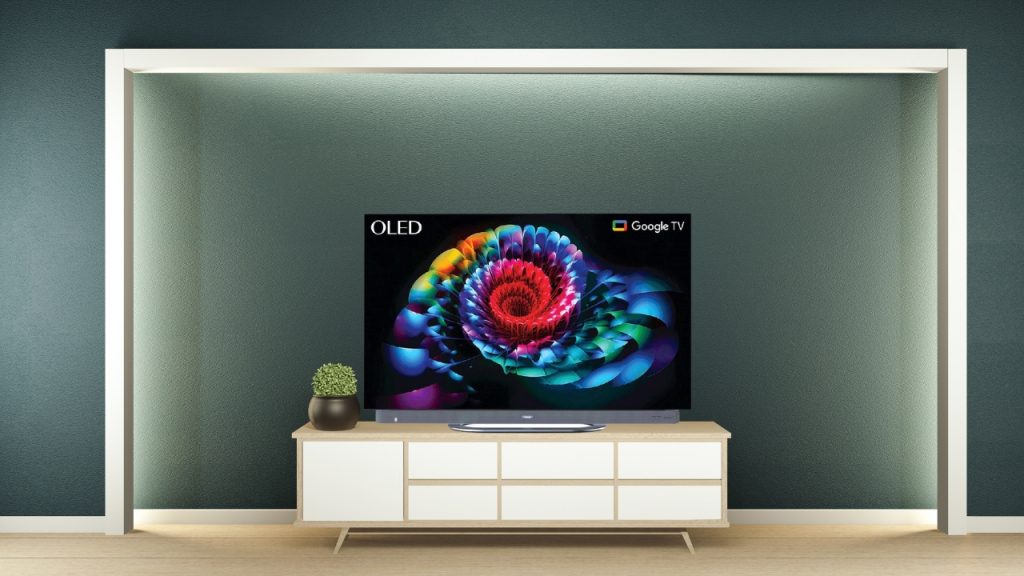
Next major innovation in LEDs was the introduction of organic light emitting diode (OLED) displays. This took the display quality to the next level in the world of television. OLED TVs utilize self-emissive OLED pixels that can turn on and off individually and don’t require any backlight. This gives each pixel dimming capabilities for true, infinite contrast.
The first commercially available OLED TV came in 2013, instantly setting a new bar for picture performance. Early OLED models still came at premium prices, but offered the deepest blacks, most vibrant colors, and excellent viewing angles. With ultra-thin, highly flexible panels, OLED TVs also enabled incredibly slim TV designs that would have been impossible with LED backlighting.
Over the years, brands have also released their own OLED offerings to stay consistent with these modern inventions. Constant improvements in brightness, color volume, refresh rates and AI picture processing have only expanded OLED’s lead as the ultimate display technology for high-end TVs today. When we finally replaced our aging LED TV with a new OLED last year, the difference was major – the inky blacks and vibrant yet natural colors made our old TV seem outdated.
LED TV Developments Today
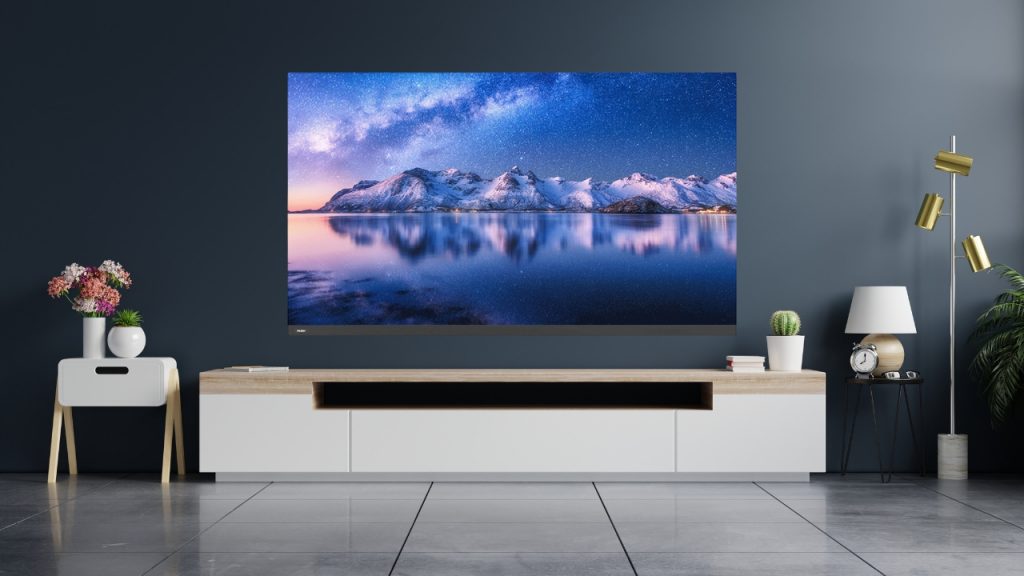
While OLED represents the cutting edge of display tech, LED TVs have continued to hold the mainstream and budget segments with their more affordable price points. Today’s LED TVs are sleeker, brighter and more feature-packed than ever before.
- Mini and Micro LEDs
To keep pushing LED capabilities forward, brands have started utilizing smaller LED diodes. Mini LED TVs contain over a thousand tiny LEDs grouped in localized zones for precision backlight control. This helps boost contrast and reduce halo effects seen on traditional LED TVs. Micro LED takes it further with microscopic LEDs used individually for self-emissive pixels, eliminating the need for backlighting altogether. Micro LED promises picture quality on par with OLED but with brighter, more durable panels. While still limited to ultra-expensive flagship TVs for now, Mini LED and Micro LED tech demonstrate the continued potential of LED display innovation.
- Quantum Dots
Quantum dot technology enhances LED and even OLED TVs by utilizing tiny semiconductor particles that improve color volume and brightness. Quantum dots enable more precise control over light and color to boost overall image quality. Some Brands like Haier India use proprietary QLED tech in their high-end LED TVs to match the color performance promised by quantum dots. With quantum dot enhancements combined with Mini LED zoning, today’s LED TVs can capture much of the same vivid colors and deep contrast as OLED, especially at mainstream price points.
The Increasing Popularity of Smart TVs in India
The Indian smart TV market has boomed in recent years thanks to the proliferation of high-speed internet and advanced TV operating systems. As more Indian consumers get connected to the internet through broadband and mobile data, they seek connected devices and services at home. Smart TVs allow viewers to stream content from OTT platforms like Netflix and Amazon Prime Video as well as access useful apps, online video content, and social media.
Features like built-in Chromecast and Airplay mirroring make it easy to project content from phones to the TV screen. The ability to browse the internet, access news and social media feeds, and use educational and lifestyle apps have made smart TVs highly desirable. With their feature-rich webOS and Android systems, smart TVs are becoming central hubs for information, entertainment and communication needs of tech-savvy Indian households.
Haier India’s Best LED TV options in 2024
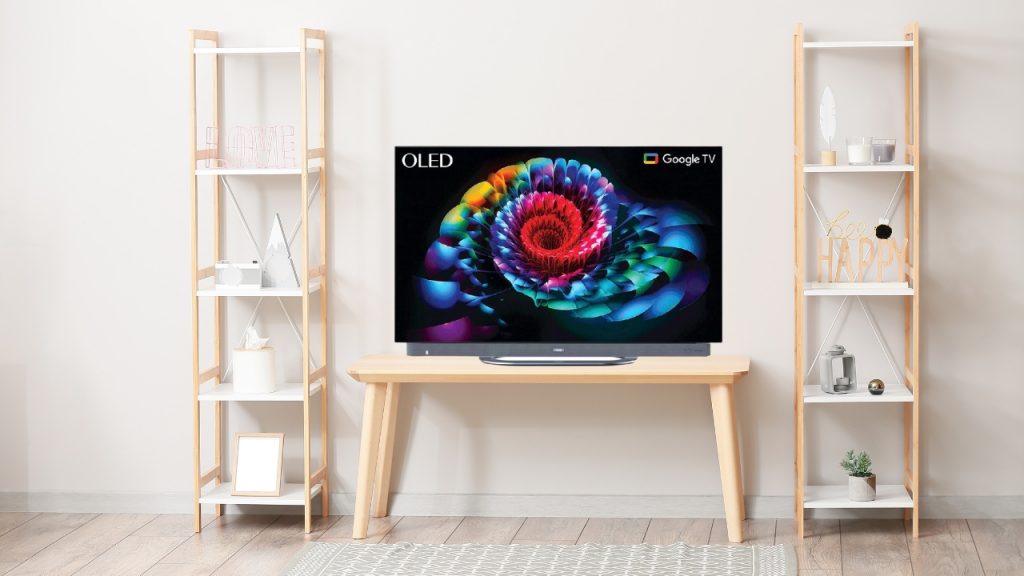
Haier OLED 165cm (65) Google TV With Dolby Vision IQ Atmos – 65C11
This model comes with:
- The OLED-120Hz panel offers vibrant colors, deep blacks, and wide viewing angles for an immersive viewing experience.
- Dolby Vision IQ and Dolby Atmos optimizes visuals and audio based on ambient light conditions, delivering lifelike colors and immersive sound placement for a cinematic experience.
- Sound by Harman Kardon 50W speakers deliver rich, immersive audio with clear highs, deep lows and balanced sound quality.
- MEMC 120Hz enables smoother motion and reduced blur, great for fast action content like sports and action scenes.
- Hands-free voice control via AI-enabled voice commands allows operating the TV, accessing content and controlling smart home devices without a remote.
- Google TV provides curated content recommendations and personalized suggestions for a tailored viewing experience.
- Game mode with VRR and ALLM optimizes settings for smoother gameplay, reduced lag, enhanced graphics and improved overall gaming performance.
dbx-tv audio enhancement optimizes sound output for a more immersive and enjoyable viewing experience.
Peak Brightness and HDR Support
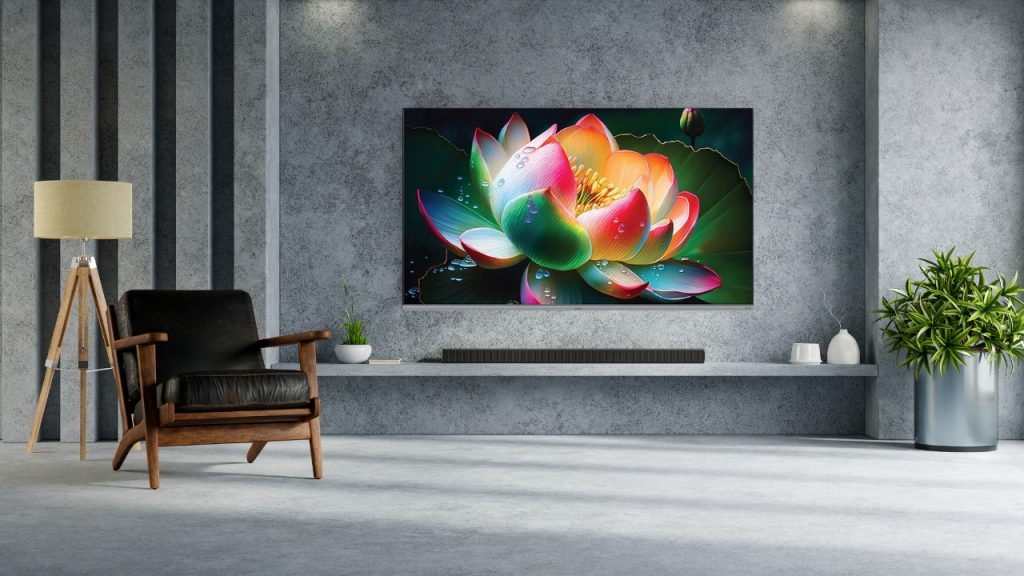
The Haier’s QLED 190cm (75) Google TV – 75S800QT with
- 4K HDR peak brightness levels can exceed 1000 nits on LED TV
- This high brightness is ideal for displaying HDR (high dynamic range) content, allowing the TVs to make HDR movies and games really shine
- QLED display with quantum dot technology for enhanced color, brightness, and energy efficiency
- Dolby Vision HDR for ultra vivid colors, deep contrast and incredible brightness
- Dolby Atmos audio for immersive 3D surround sound experience
- DLG 120Hz refresh rate ensures smooth motion handling and reduced judder for improved video playback.
- Micro dimming technology for optimized contrast and deeper blacks
- MEMC 60Hz for reduced motion blur and clearer visuals
- Google TV interface for curated and personalized content recommendations
- Hands-free voice control using AI for operating TV and smart home devices
- 2GB RAM + 32GB storage for smooth multitasking and ample storage
- Game mode with VRR and ALLM for smoother gameplay, reduced lag, and enhanced graphics
Slimmer Designs
Even as LED TV technology has become more advanced, brands have managed to slim down designs even further. Options like wall-mounted TVs have become accessible to more households with screens as thin as 2-3mm for a nearly bezel-less effect. Ambient light sensors allow sets to automatically dim when mounted against brighter backgrounds. The days of giant, bulky TV cabinets are long gone thanks to LED and LCD engineering breakthroughs.
Smart Connectivity and AI
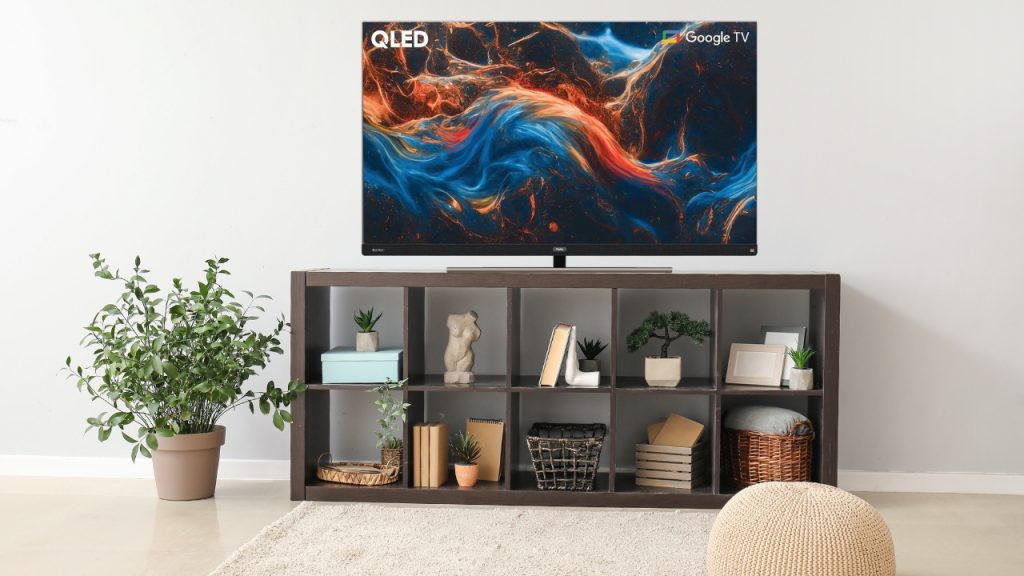
Today’s LED TVs feature robust smart platforms that connect to a variety of streaming services for endless entertainment options powered by AI for intuitive control. Built-in Google Assistant and Alexa support on many sets allow for effortless voice command navigation. Gaming-centric features like auto low latency modes, variable refresh rate and HDMI 2.1 bring the best out of next-gen consoles on premium LED TVs. Smart LED sets feature intelligent audio tuning, HDR tone mapping and picture adjustments to automatically optimize the viewing experience in real time based on content and ambient lighting.
Over their relatively brief lifespan so far, LED TVs have managed to shatter expectations of what TV technology can deliver. Their meteoric rise has pushed the limits of display capabilities far beyond what anyone growing up with CRT or early LCD sets would have imagined possible. Haier India, as an industry leader, will surely continue to leverage the latest advancements in LED, OLED and beyond to drive the future of television in homes across India. The future is undoubtedly bright for LED TV innovation!
Today’s LED TVs feature robust smart platforms that connect to a variety of streaming services for endless entertainment options powered by AI for intuitive control. Built-in Google Assistant on many sets allow for effortless voice command navigation. Gaming-centric features like auto low latency modes, variable refresh rate and HDMI 2.1 bring the best out of next-gen consoles on premium LED TVs. Smart LED sets feature intelligent audio tuning, HDR tone mapping and picture adjustments to automatically optimize the viewing experience in real time based on content and ambient lighting.
Over their relatively brief lifespan so far, LED TVs have managed to shatter expectations of what TV technology can deliver. Their meteoric rise has pushed the limits of display capabilities far beyond what anyone growing up with CRT or early LCD sets would have imagined possible. Haier India, as an industry leader, will surely continue to leverage the latest advancements in LED, OLED and beyond to drive the future of television in homes across India. The future is undoubtedly bright for LED TV innovation!
Ending Note
Ending our look at how LED TVs have changed is a lot like flipping through old family photos. It’s funny to think about those big, heavy TVs we used to have taking up so much room. Now, our TVs are so thin, they hardly stick out from the wall. We’ve seen TVs get brighter, with colors that make everything look almost real. And it’s not just about the picture looking good. The sound has gotten so much better, too. Nowadays, TVs can even suggest shows we might like and connect to the internet. It’s like they’re getting smarter all the time. Seeing all these changes makes you wonder what’s coming next.

